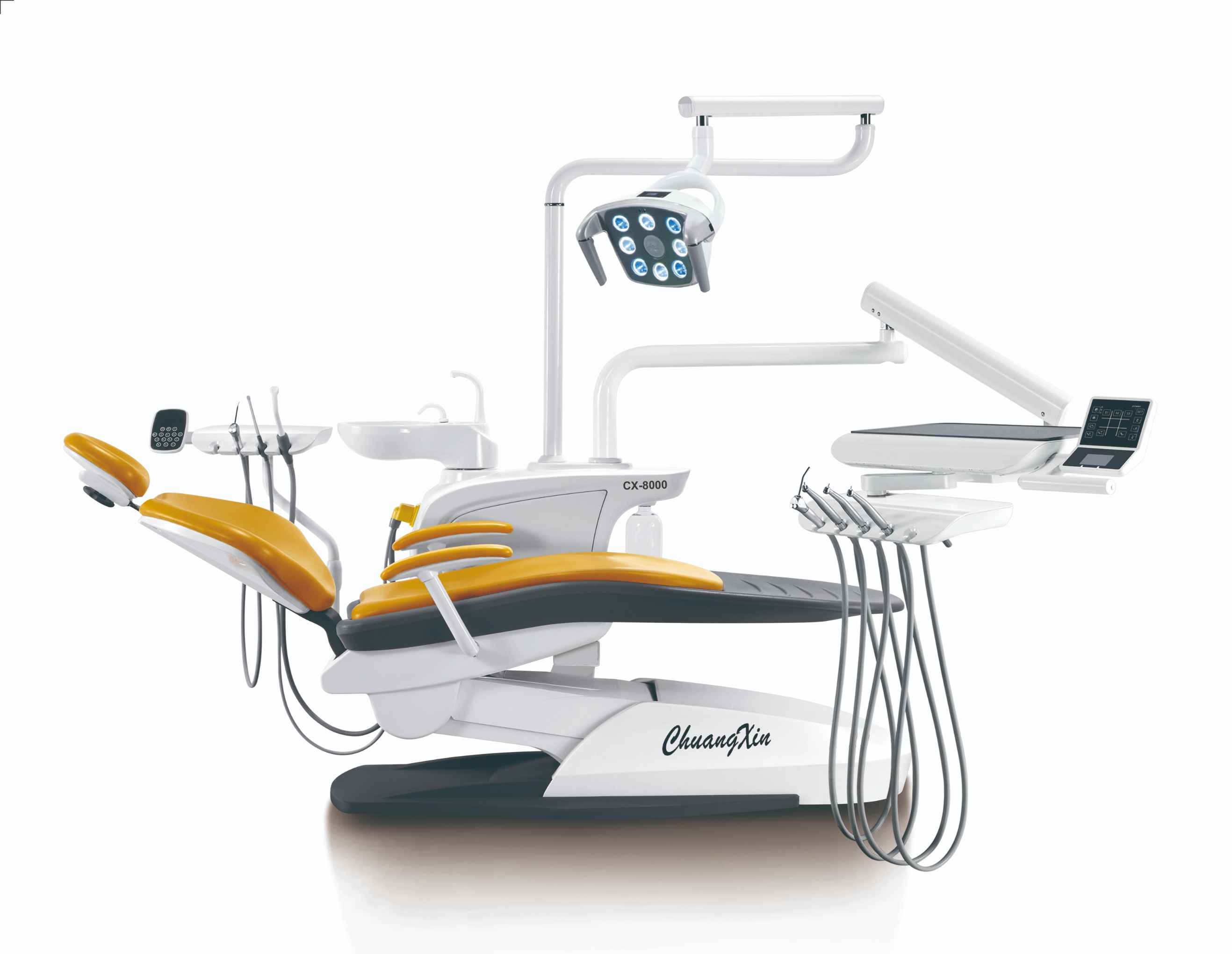Selecting the appropriate curing light is crucial in ensuring successful dental restorations. Curing lights play a pivotal role in polymerizing dental composites, and choosing the right one can significantly impact the quality and longevity of the restoration. In this article, we will delve into the key factors to consider when selecting a curing light for dental applications.
Selecting the right curing light is of paramount importance in the field of dentistry, as it directly influences the success and longevity of dental restorations. Here are several compelling reasons why choosing the appropriate curing light is crucial:
The primary function of a curing light is to initiate the polymerization process of dental composites. Insufficient or uneven polymerization can result in compromised restoration integrity, leading to issues such as microleakage, marginal discoloration, and ultimately, restoration failure.
Choosing a curing light with the right intensity and wavelength ensures thorough and uniform polymerization, enhancing the overall quality of the restoration.
Adequate curing directly contributes to the bond strength between the dental composite and the tooth structure.
A well-cured restoration forms a strong and durable bond, reducing the risk of debonding, microcracks, or recurrent caries. Consistent and reliable bonding is crucial for the long-term success of dental restorations.
The right curing light enhances clinical efficiency by offering rapid and effective curing, minimizing chair time for both practitioners and patients.
Faster curing times not only improve workflow but also contribute to increased patient comfort, as shorter treatment durations reduce the likelihood of postoperative sensitivity.

Different dental composites may require specific curing conditions for optimal performance. Some materials have unique polymerization requirements, such as a particular wavelength or intensity.
Choosing a curing light that is compatible with a variety of restorative materials ensures versatility and adaptability in diverse clinical scenarios.
Properly cured restorations are less prone to postoperative complications. Inadequate curing can lead to issues like marginal gaps, voids, or incomplete adaptation, which may contribute to bacterial infiltration and subsequent secondary caries.
Choosing the right curing light minimizes the risk of these complications, promoting long-term restoration success.
Curing lights that generate excessive heat during operation can cause discomfort for patients. Selecting a curing light with efficient heat management features, such as LED technology, ensures a more pleasant experience for patients during dental procedures.
Patient comfort is a critical factor in overall satisfaction and compliance with recommended treatments.
Dental practices often use a variety of restorative materials and perform diverse procedures.
Choosing a curing light that offers versatility in terms of wavelength, intensity settings, and light guide tip design allows practitioners to adapt to different clinical scenarios, ensuring consistent and reliable outcomes.
Investing in a high-quality curing light may initially incur a higher cost, but the long-term benefits can outweigh the expenses.
Reliable curing lights with durable components and advanced technologies reduce the need for frequent replacements and repairs, ultimately resulting in cost savings over time.
In this section, the author would list some factors to consider when you are selecting a curing light.
The first consideration in choosing a curing light is the type of light source. There are three main types: halogen, LED (Light Emitting Diode), and plasma arc. Each has its advantages and drawbacks.
●Halogen lights: These are traditional curing lights that emit a broad spectrum of light. They are cost-effective but have a shorter lifespan and can generate heat, potentially causing discomfort to the patient.
●LED lights: LED curing lights have become increasingly popular due to their longevity, energy efficiency, and the ability to emit a specific wavelength for optimal curing. They are also compact, lightweight, and emit minimal heat, making them patient-friendly.
●Plasma arc lights: Less common but highly powerful, plasma arc lights offer fast curing times and deep penetration. However, they are often bulkier, more expensive, and generate more heat.
Consider the specific needs of your practice and the types of restorations you commonly perform when choosing the light source.
.png)
The wavelength of the curing light is crucial for effective polymerization. Most dental composites cure optimally at a wavelength between 400 and 500 nanometers. LED curing lights are known for their ability to emit light within this range, ensuring proper curing and optimal bond strength.
The intensity of a curing light is measured in milliwatts per square centimeter (mW/cm²). Higher intensity generally leads to faster curing times. However, it's essential to strike a balance, as excessively high intensity can cause excessive heat and compromise the restoration. Aim for a curing light with adjustable intensity settings to accommodate different clinical scenarios.
Consider the design and size of the light guide tip, as it influences the ease of access to various areas in the oral cavity. A smaller, more flexible tip allows for better maneuverability and enhanced visibility during the curing process.
Curing lights come in both corded and cordless options. Cordless models offer greater flexibility and maneuverability, but they require periodic recharging. Corded models provide a continuous power source but may limit movement. Evaluate the workflow of your practice to determine which option aligns better with your needs.
Choosing the right curing light is a pivotal decision that directly impacts the success of dental restorations. Stay abreast of technological advancements and continually assess your practice's evolving needs to ensure you invest in a curing light that aligns with your long-term goals for patient care.